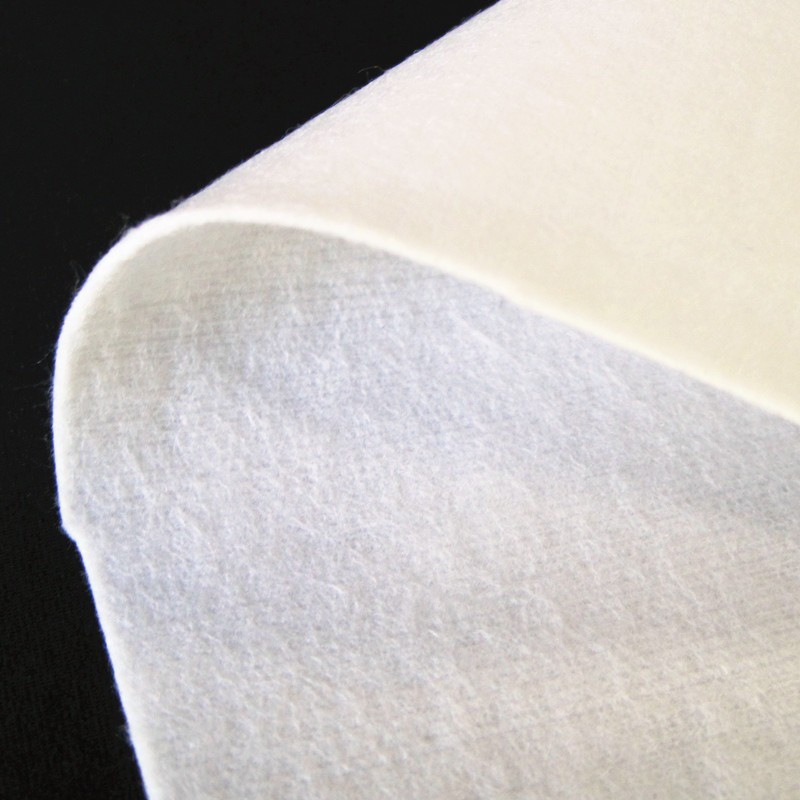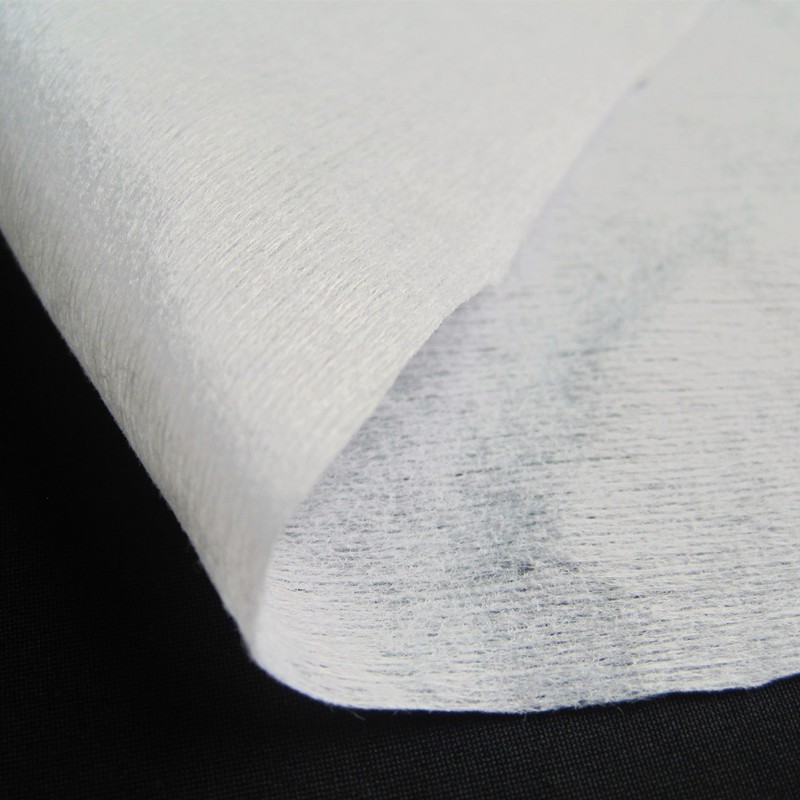The energy consumption in industrial production is increasing, and the energy consumption in the field of nonwovens accounts for a large proportion of the energy consumption in the whole industrial production. Therefore, energy conservation in this field has become a research hotspot in the energy and environmental protection industry. This paper briefly introduces the production process of spunlace non woven fabric, and analyzes the energy-saving potential of spunlace non woven fabric process.
The production of spunlace non woven is not complicated. First, according to the requirements, single or different fiber raw materials are mixed in different proportions and combed into a net by a carding machine with high speed, strong processing capacity and good carding effect, and then directly sent to the cylindrical Spunlaced drum, the key part of the spunlaced method, through the front and back of the high-pressure water needle, the fiber nets are entangled with each other, and then sent to the drum type hot air drying treatment system, In a very short period of time, use hot air to quickly dry and set the fabric with moisture, then divide and wind the product, and form the final product after packaging.
In this process, the fiber mesh contains some water, so it should be dried. The drying system is the largest energy consumption of the whole production line. If the design is reasonable, the efficiency is high, and the energy consumption is reduced accordingly. The design of the dry body is a drum type. Compared with the plane design, it not only reduces the floor area, but also greatly reduces the moving parts of the mechanical part, makes the equipment easy to maintain and improves the dry efficiency. At the same time, the honeycomb drum is applied to the drying drum part, and the unique gap of the honeycomb design is used to make the fiber net cover the drum surface evenly. The round drum is designed as a honeycomb, providing a uniform and smooth air flow, so that the fiber web can be completely dried in a very short time.

The exploitation and utilization of secondary energy in spunlace non woven production process is the key to energy-saving potential. After analysis, the above process has the following energy-saving potential:
(1) Waste heat of flue gas: in the drying process, the high-temperature flue gas generated by the combustion of natural gas in the heat transfer oil boiler is 170 ℃, which is directly discharged into the air. The standard value of heat loss caused by smoke exhaust is 11% - 12% when the smoke exhaust temperature is 200 ℃, and the heat loss of smoke exhaust is one of the main heat losses of boiler. The recovery of flue gas preheating is mainly to convert the heat carried by the flue gas into the heat required for drying through the heat exchanger, so as to explore the energy-saving potential and utilize the waste heat of flue gas.
(2) Steam waste heat: in the drying process, the gas increases the temperature through the heat exchanger, dries the moisture in the product, generates a large amount of wet steam, and recovers the waste heat of wet steam.
(3) Fresh air preheating: in the drying process, the fresh air of hot air is compensated from outside, and the waste heat is recovered for preheating the fresh air to achieve the effect of energy saving.
(4) Water preheating: before the drying process, the cloth is washed and sorted, and the waste heat is recovered for pre heating water.

With people's understanding of energy issues, energy conservation is no longer a slogan, but a force for action. By analyzing the energy-saving potential in the production process of spunlace non woven, it is conducive to better complete the energy-saving and consumption reduction of spunlace non woven fabric.
Comment(0)
You can comment after
SIGN IN